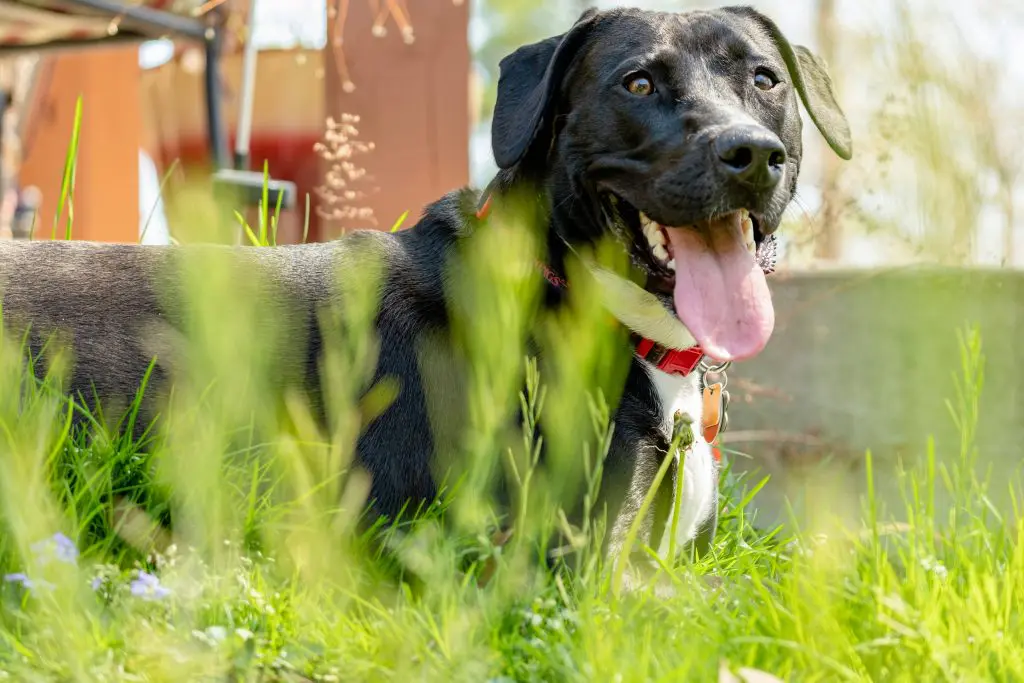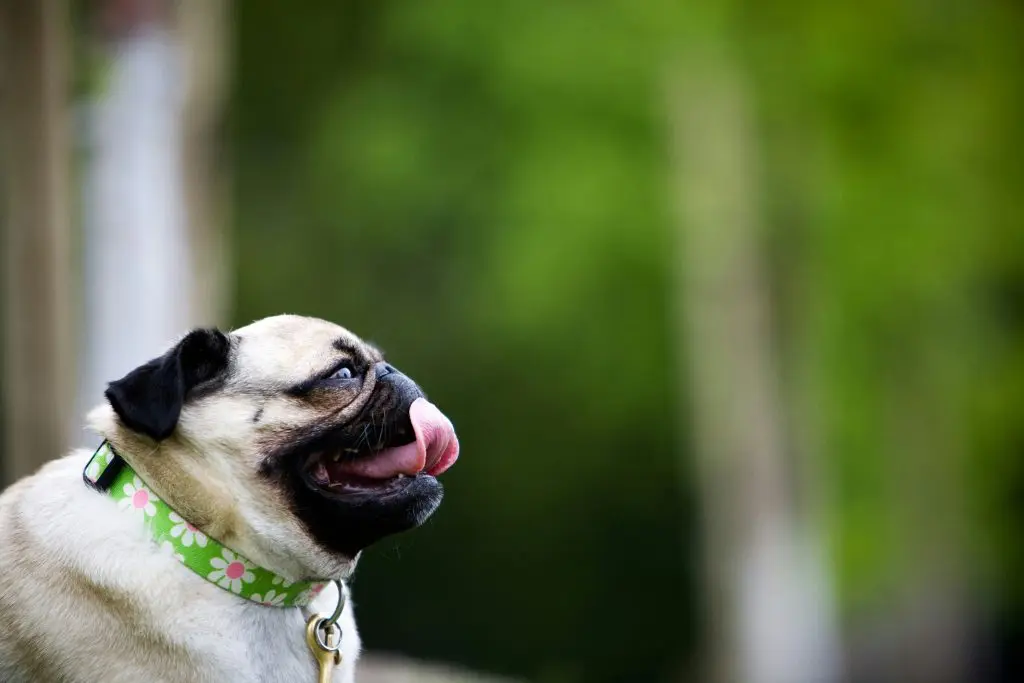Why Do Dogs Pant? Understanding Your Pet’s Natural Cooling System
Have you ever noticed your dog panting heavily after a brisk walk or during a hot summer day? Panting is one of the most recognizable dog behaviors, but many owners aren’t fully aware of what it means. Let’s dive into why dogs pant and what it tells us about their health and comfort.
Dogs Don’t Sweat Like Humans
Unlike humans, dogs don’t have sweat glands distributed across their bodies. Their primary sweat glands are located in their paw pads and nose, which offer only minimal cooling. Instead, dogs rely on panting to regulate their body temperature. By rapidly breathing in and out, they allow moisture on their tongues, nasal passages, and lungs to evaporate, which helps cool them down.
Cooling Through Evaporation
When a dog pants, moisture evaporates from the tongue and respiratory tract, drawing heat away from their body. This evaporative cooling system is efficient — but only to a point. In extremely hot and humid environments, panting becomes less effective, which is why it’s so important to ensure dogs have shade, fresh water, and a way to stay cool.
Panting During Excitement or Stress
Panting isn’t only about heat. Dogs also pant when they’re excited, anxious, or stressed. You might notice your dog panting at the vet’s office, during a thunderstorm, or when meeting new people. In these cases, panting helps the dog deal with heightened emotional arousal.
Medical Reasons for Panting
Sometimes panting can indicate a health problem. Dogs may pant excessively if they are in pain, have heart or lung issues, or are experiencing heatstroke. Heavy, unusual, or labored panting should always be checked out by a veterinarian, especially if it comes on suddenly or is accompanied by other symptoms like drooling, lethargy, or discolored gums.
Recognizing Normal vs. Abnormal Panting
Understanding the context of panting is key. Normal panting happens after exercise, during warm weather, or during moments of excitement. Abnormal panting may be excessive, happen at rest, seem more intense than usual, or accompany other worrying signs.
If you’re ever unsure, it’s better to err on the side of caution and consult your vet.
Helping Your Dog Stay Comfortable
-
Provide Fresh Water: Always have cool, clean water available.
-
Offer Shade: Ensure your dog has a shaded area during outdoor activities.
-
Limit Exercise in Heat: Walk early in the morning or later in the evening when temperatures are cooler.
-
Monitor Indoor Temperatures: Even indoors, make sure your dog has a cool area to relax.
Final Thoughts
Panting is a natural and vital behavior that helps keep your dog safe and healthy. By paying attention to the context and the type of panting, you can better understand your dog’s needs — and intervene quickly if something seems wrong.


